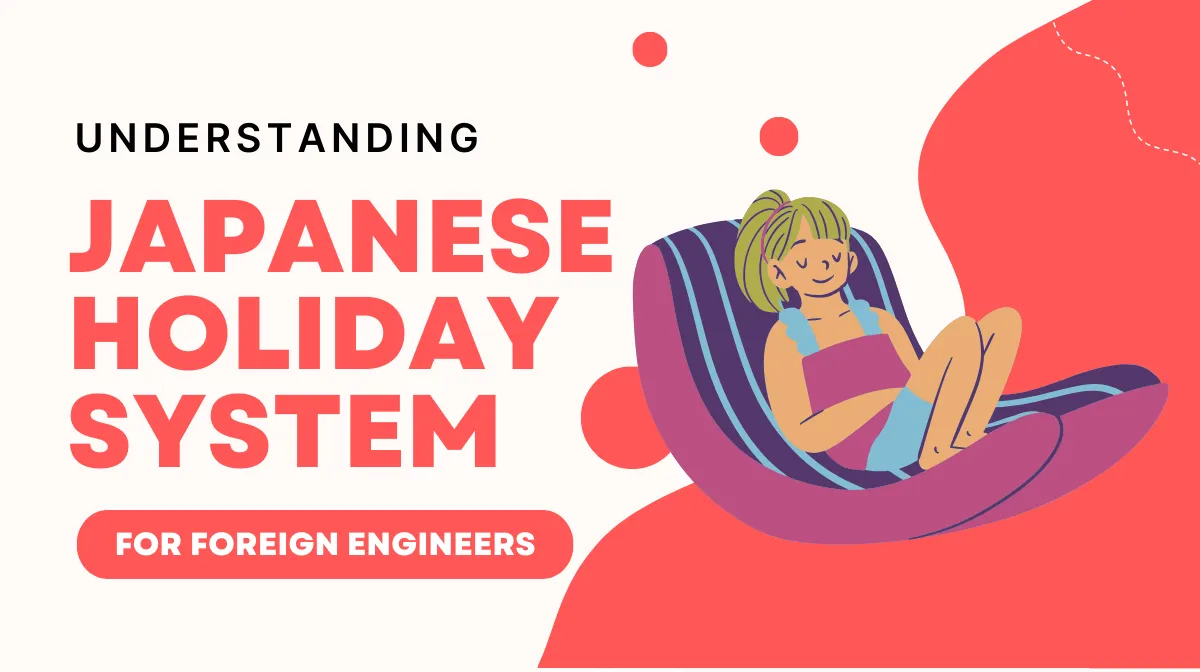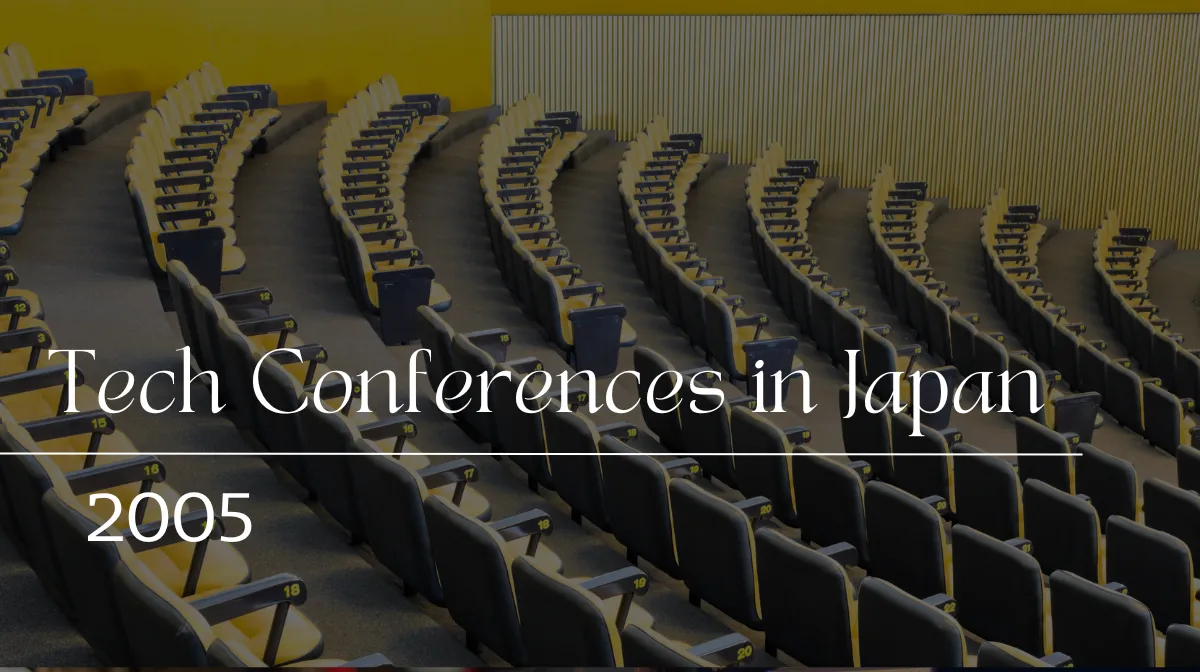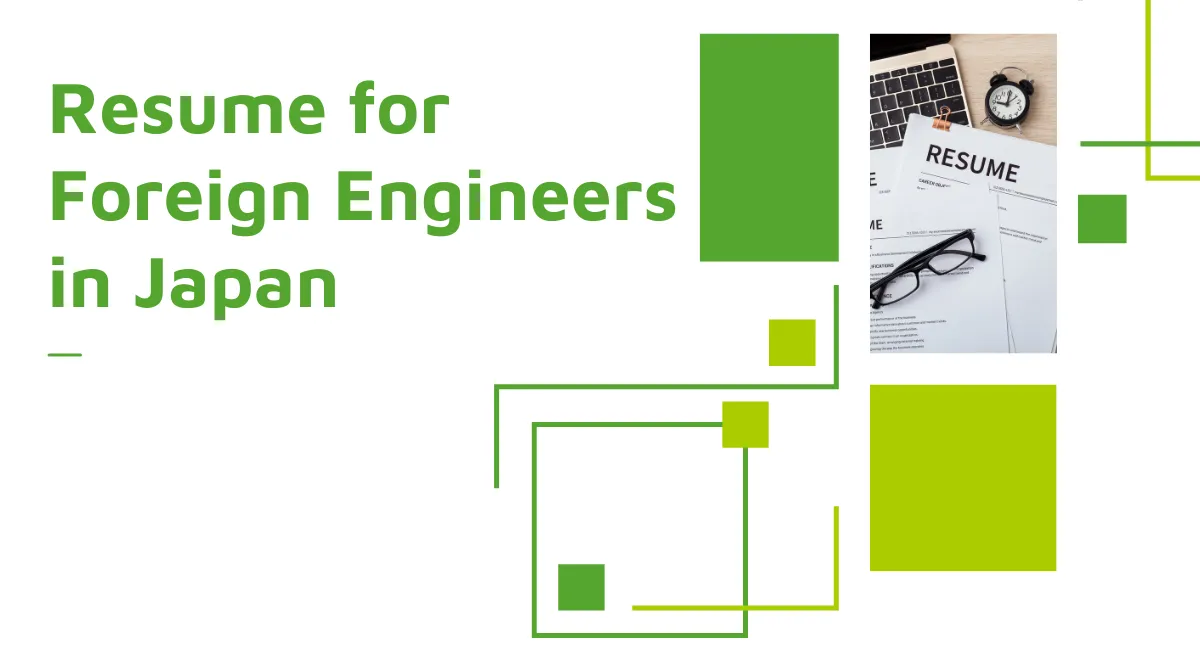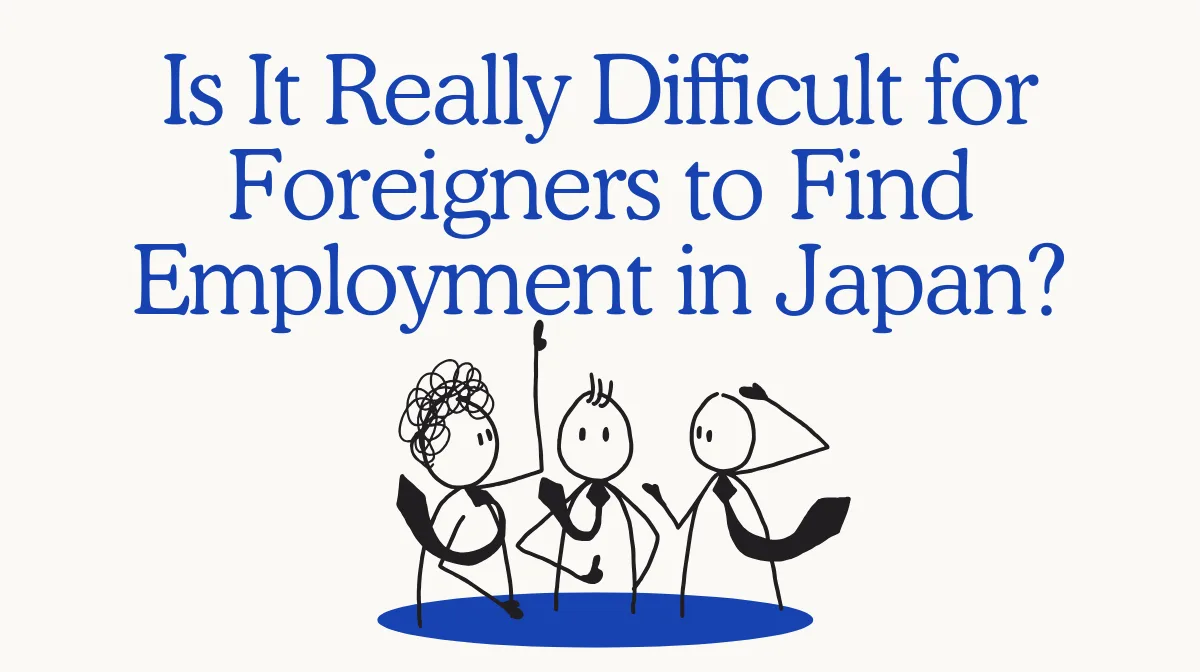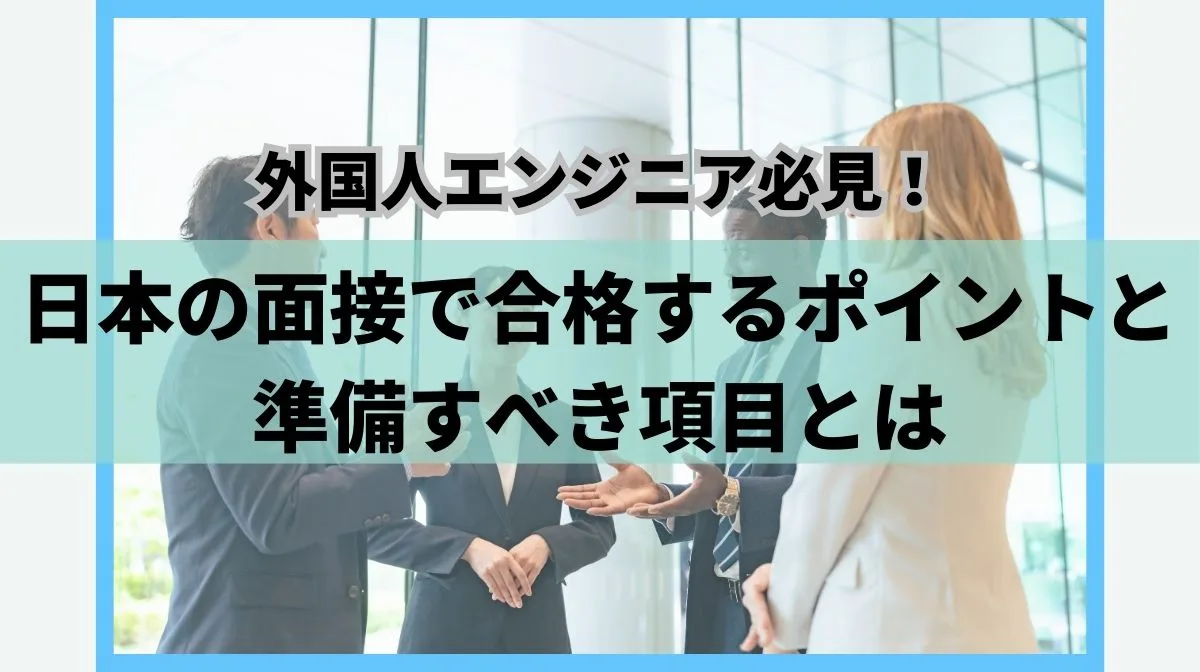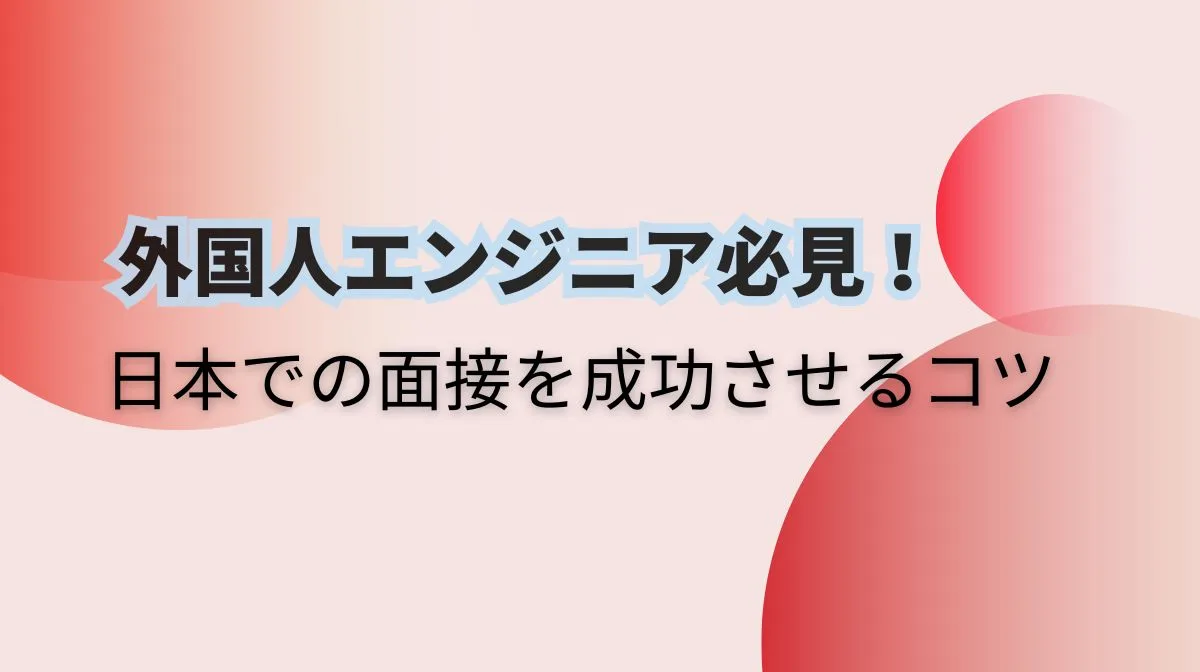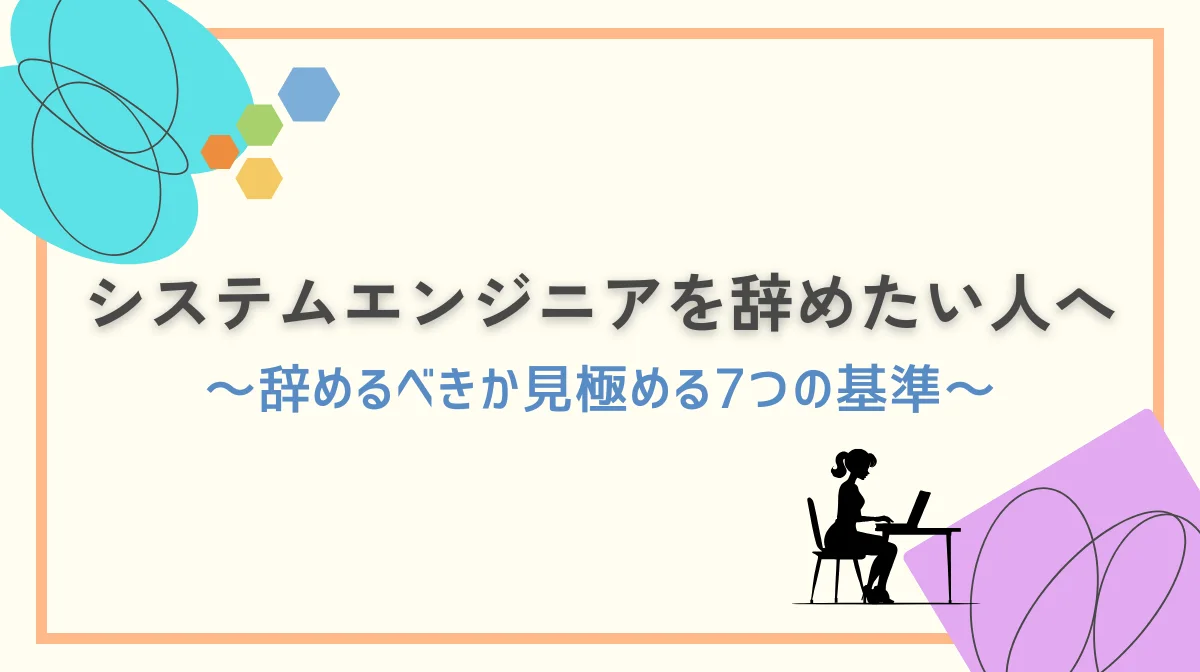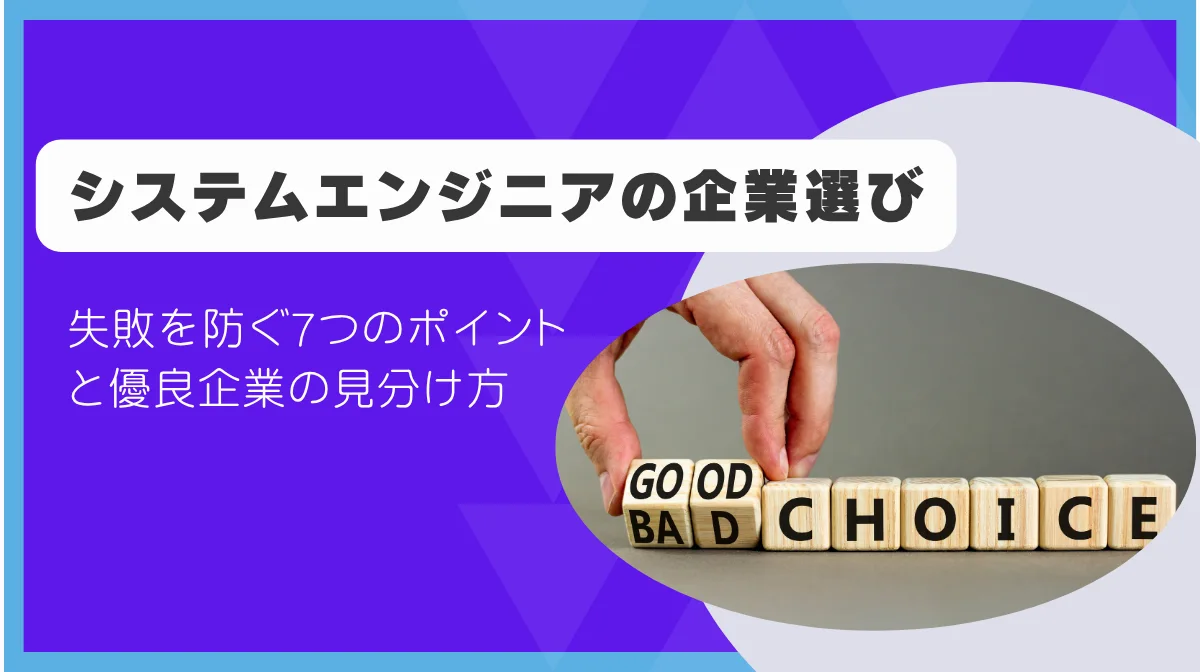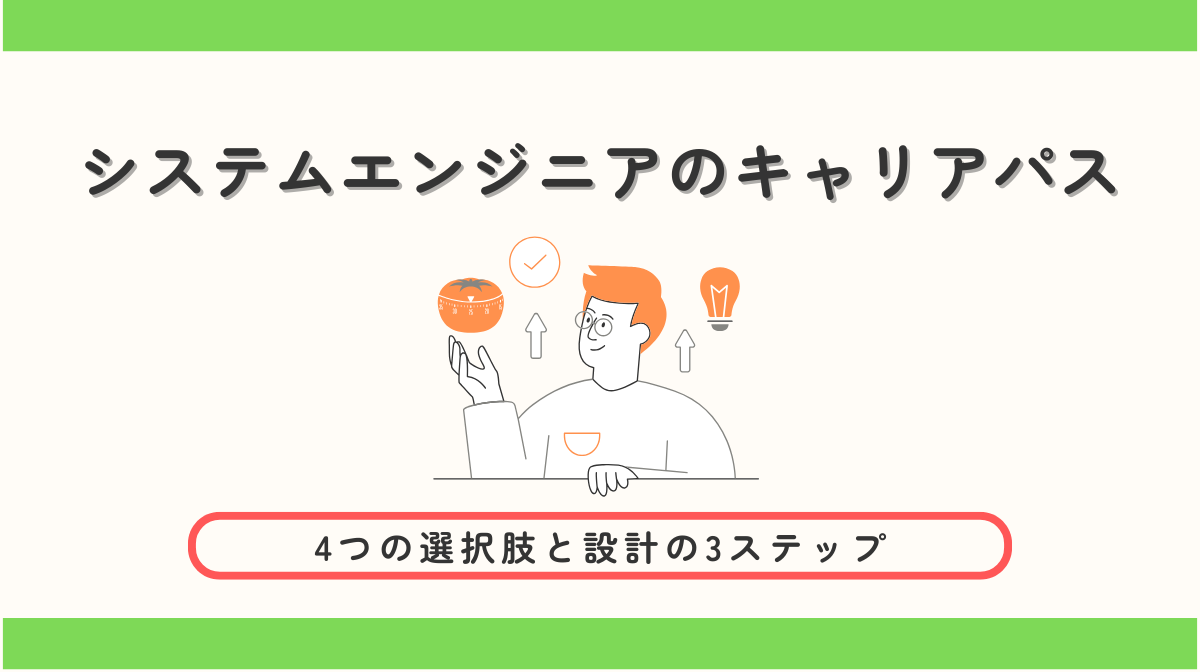For foreign engineers working in Japan, understanding the holiday system is crucial to maintaining a good work-life balance. Japan is known as a “holiday powerhouse,” yet its paid leave utilization rate is among the lowest in the world.
Understanding this unique holiday culture and reality will help you plan your work life in Japan more effectively. This article provides a comprehensive explanation of the Japanese holiday system.
1. Basic Knowledge of the Japanese Holiday System

Understanding Japan’s holiday system is an important first step for foreign engineers planning their life in Japan.
There are clear differences between statutory holidays and public holidays, and properly understanding these will make planning your holidays easier.
Japan’s Unique “Public Holiday” Calendar and Cultural Background
Japanese public holidays are established by the “Act on National Holidays” and as of 2025, there are 16 annual public holidays, or 19 including substitute holidays. This is comparatively high globally, with Japan ranking in the top 10 “holiday powerhouses” in the world.
Japanese public holidays can be categorized into four types. The abundance of nature-related holidays is particularly unique to Japanese culture.
- Days celebrating nature
Vernal Equinox Day, Autumnal Equinox Day, Greenery Day, Marine Day, Mountain Day - Days related to national history and politics
National Foundation Day, Constitution Memorial Day, etc. - Days related to traditional events
New Year’s Day, Coming of Age Day, Children’s Day - Days honoring social values
Labor Thanksgiving Day, Respect for the Aged Day, Sports Day
Reference: Cabinet Office: National Holidays
What Are “Substitute Holidays” and “Citizens’ Holidays”?
Further characterizing Japan’s holiday system are the concepts of “substitute holidays” and “citizens’ holidays”
- Substitute holiday
A system where the following Monday becomes a holiday when a public holiday falls on a Sunday - Citizens’ holiday
A system where a weekday sandwiched between two public holidays automatically becomes a holiday
This system creates many “three-day weekends” in Japan. In 2025, there will be 9 occasions with three or more consecutive holidays.
For foreign engineers, these extended holidays provide opportunities to travel within Japan or plan temporary returns to their home countries.
2. Comparing Japan and the World: Japanese Holiday System from a Global Standard Perspective

Understanding the differences between your home country and Japan’s holiday systems allows foreign engineers to plan their vacations more effectively.
Cultural differences in holidays significantly impact work-life balance.
Is Japan a “Holiday Powerhouse”? Analysis from International Rankings
Japan’s number of public holidays (16) ranks in the top 10 globally, but there are characteristic differences when compared with other countries.
The top countries in the world’s public holiday rankings are dominated by Middle Eastern countries with many religious events (Iran, Israel) and Asian countries with their own calendars (Sri Lanka, Bangladesh, China).
In contrast, Western countries tend to have fewer public holidays, with the United States having around 10 federal holidays, the United Kingdom around 8, Germany 9-13, and France 11.
Regarding working hours, according to OECD data, Japan’s average annual working hours are 1,607 hours, ranking 30th out of 44 countries, which is relatively short compared to Colombia (2,405 hours), which has the longest working hours.
Reference: The Japan Institute for Labour Policy and Training (JILPT): International Data
Distinctive Holiday Systems Around the World
Looking at holiday systems worldwide, there are various characteristics, such as Europe’s long vacation culture (e.g., France’s 5 weeks of annual paid leave), America’s PTO (Paid Time Off) system, and diverse holiday practices in Asian countries.
The characteristic of Japan’s holiday system is that while there are many official public holidays, the rate of taking paid leave is low, and there is no established culture of taking long consecutive vacations.
Unlike Europe, where “taking three consecutive weeks off in summer” is common, short vacations utilizing public holidays and long weekends are more typical in Japan.
■日本でエンジニアとしてキャリアアップしたい方へ
海外エンジニア転職支援サービス『 Bloomtech Career 』にご相談ください。「英語OK」「ビザサポートあり」「高年収企業」など、外国人エンジニア向けの求人を多数掲載。専任のキャリアアドバイザーが、あなたのスキル・希望に合った最適な日本企業をご紹介します。
▼簡単・無料!30秒で登録完了!まずはお気軽にご連絡ください!
Bloomtech Careerに無料相談してみる
3. The Reality of Annual Holidays in Japanese Companies

Understanding the annual number of holidays in Japanese companies allows foreign engineers to choose companies appropriately and plan their vacations.
The actual number of holidays and their breakdown varies by company, so let’s take a closer look.
116.4 Days is the Average! Differences in Holiday Numbers by Company Size
According to the “2024 Comprehensive Survey of Working Conditions” by the Ministry of Health, Labour and Welfare, the average annual number of holidays per worker in Japan is 116.4 days, and the average per company is 112.1 days.
By company size, companies with 1,000 or more employees have 119.4 days, and companies with 30-99 employees have 112.2 days, showing a tendency for larger companies to offer more holidays.
In the distribution of annual holidays, companies with “120-129 days” are the most common (35.8%), followed by “100-109 days” (28.4%) and “110-119 days” (22.0%).
When foreign engineers consider job offers, it’s good to think of annual holidays of 120 days or more as above average.
Understanding the Breakdown and Calculation of Holiday Numbers
Understanding the typical breakdown of annual holidays is also important.
With a complete two-day weekend system, the basic annual holidays are 104 days (2 days × 52 weeks), and the annual number of holidays is determined by adding public holidays and special leave to this.
For example, 120 annual holidays would consist of 104 days from the two-day weekend system plus 16 public holidays.
Companies with 125 or more annual holidays
In addition to weekends and public holidays, summer vacations and New Year holidays are often added.
Companies with 110 annual holidays
This may involve a complete two-day weekend system where public holidays are working days, or an alternating two-day weekend system combined with public holidays and special leave.
4. Japan’s Unique Paid Leave System

Japan’s paid leave system is legally well-established, but the actual utilization rate is characteristically low.
Foreign engineers need knowledge to understand and effectively use this system.
Japan’s Paid Leave System and Utilization Rate
Paid leave in Japan is a statutory leave based on the Labor Standards Act, with a minimum of 10 days granted after six months of continuous employment, increasing to a maximum of 20 days depending on years of service.
Since April 2019, companies have been obligated to ensure employees take at least 5 days of paid leave.
However, according to a survey by the Ministry of Health, Labour and Welfare, the utilization rate of annual paid leave is 48.8% (as of 2013), which is quite low by global standards.
This is said to be due to reasons such as “difficulty taking leave due to workplace atmosphere” and “causing inconvenience to others.”
On the other hand, the situation is gradually improving due to recent work-style reforms.
Since April 2019, the “mandatory taking of 5 days of paid leave” has been implemented, obligating companies to ensure employees take at least 5 days of paid leave.
This regulatory change has reduced the number of cases where paid leave is not taken at all.
Reference: Ministry of Health, Labour and Welfare: Paid Leave
Paid Leave Acquisition Strategies for Foreign Engineers
To effectively take paid leave in Japan, it’s important to choose appropriate timing (at project breaks or after deadlines) and practice effective communication (early requests and proposals for handling work during absence).
Understanding cultural differences, observing Japan’s leave culture when first joining a company, and gradually moving from short to long vacations are also important.
When changing jobs or finding employment, choosing companies with high paid leave utilization rates is also an option.
■日本でエンジニアとしてキャリアアップしたい方へ
海外エンジニア転職支援サービス『 Bloomtech Career 』にご相談ください。「英語OK」「ビザサポートあり」「高年収企業」など、外国人エンジニア向けの求人を多数掲載。専任のキャリアアドバイザーが、あなたのスキル・希望に合った最適な日本企業をご紹介します。
▼簡単・無料!30秒で登録完了!まずはお気軽にご連絡ください!
Bloomtech Careerに無料相談してみる
5. The Reality of Holidays and Leave in Japanese IT Companies

The IT industry is relatively new in Japan, with diverse work styles. Since holiday systems differ by business type, information is needed to choose a company that suits you.
Holidays in IT Companies by Business Type
Japan’s IT industry can be classified into SIers, web companies/startups, foreign IT companies, the gaming industry, etc. Each with characteristic holiday systems.
- SIers typically have 115-120 annual holidays and tend to follow client companies’ business calendars. Web companies usually have 120-125 days and often implement remote work and flextime.
- Foreign companies have 125-130 annual holidays, which is many, and tend to introduce global leave systems.
- The gaming industry has 110-120 days, characterized by irregular holiday settings aligned with development cycles.
The overall trend in the IT industry is toward flexible working styles, including combinations with remote work, the spread of flextime systems, and enhanced special leave.
6. Japanese Culture and Customs Related to “Time Off” That You Should Know

Understanding Japan’s unique culture and customs related to “time off,” beyond just the formal systems, will help foreign engineers adapt to Japanese workplaces.
The Psychology of Japanese Who “Can’t Take Time Off” and Adaptation Strategies for Foreign Engineers
The difficulty of taking leave in Japanese workplaces stems from collectivism and emphasis on harmony, presenteeism (a culture that values being at the office), peer pressure and the culture of “reading the air,” and anxiety about evaluation.
For foreign engineers to adapt, it’s important to first observe the workplace leave culture, gradually establish your own style, seek understanding from colleagues about your home country’s leave culture, and maintain a sense of rights and balance.
◆Situations to be cautious about
- Team busy periods (late project stages, accounting periods, etc.)
- Periods when supervisors or colleagues are not taking leave
- During the probationary period immediately after joining
- Times of important meetings or events
- Scheduled dates with clients
◆Periods when leave is easier to take
- Before and after Golden Week or New Year holidays (combining with consecutive holidays)
- Summer vacation period (mid-August when many employees take leave)
- Calm periods after project completion
- Off-seasons in the industry
- Periods between the first and last working days
Japanese workplace culture is gradually changing, and due to the influence of work-style reforms, the environment has become more conducive to taking leave than before.
The IT industry, in particular, has many relatively progressive companies, and understanding of the cultural backgrounds of foreign engineers is also spreading.
7. Maximizing Japanese Holidays Guide for Foreign Engineers

By maximizing limited holidays and leave in Japan, you can enhance your quality of life and enrich your experience in Japan.
Japanese Cultural Experiences and Networking Using Holidays
By participating in communities for foreign engineers or major conferences during holidays, you can expand your network.
Additionally, visiting tech-related spots like Akihabara or the National Museum of Emerging Science and Innovation, experiencing Japanese culture from an engineer’s perspective such as temple stays in Kyoto or manufacturing culture in Osaka, can also be meaningful.
Efficient Temporary Return Plans Combining Holidays and Public Holidays
By combining Japanese public holidays and long weekends, you can take long breaks with minimal paid leave.
Patterns such as Golden Week utilization (late April to early May), New Year’s utilization (late December to early January), three-day weekend extension, and summer vacation extension can be efficient.
For temporary return plans, consider flight price fluctuations, home country climate and events, and business cycles, with prior preparation and communication important for smooth returns.
8. Japanese Holiday Calendar for 2026

Understanding annual public holidays and consecutive holidays allows for efficient vacation planning and scheduling temporary returns home. Knowing next year’s schedule is particularly important.
Holidays and Three-Day Weekends in 2025 and 2026
In 2025, many public holidays coincide with Sundays, resulting in many substitute holidays. There are 19 public holidays, forming 9 three-day weekends throughout the year.
Particularly in January, February, and November, there are two three-day weekends each, and Golden Week will be a four-day holiday from May 3 to 6, but taking paid leave on May 1 and 2 would create a nine-day break.
Monthly, May and November have 3 public holidays each, while June and December have none. Holidays on Thursdays or Tuesdays can be combined with days before or after to create consecutive holidays, allowing for planned utilization.
National Holidays and Days Off in 2026 (Reiwa 8)
| Holiday Name | Date |
|---|---|
| New Year’s Day (元日) | January 1 |
| Coming of Age Day (成人の日) | January 12 |
| National Foundation Day (建国記念の日) | February 11 |
| Emperor’s Birthday (天皇誕生日) | February 23 |
| Vernal Equinox Day (春分の日) | March 20 |
| Showa Day (昭和の日) | April 29 |
| Constitution Memorial Day (憲法記念日) | May 3 |
| Greenery Day (みどりの日) | May 4 |
| Children’s Day (こどもの日) | May 5 |
| Holiday (振替休日) | May 6 (Holiday according to Article 3, Paragraph 2 of the Holidays Act) |
| Marine Day (海の日) | July 20 |
| Mountain Day (山の日) | August 11 |
| Holiday (振替休日) | September 22 (Holiday according to Article 3, Paragraph 3 of the Holidays Act) |
| Autumnal Equinox Day (秋分の日) | September 23 |
| Sports Day (スポーツの日) | October 12 |
| Culture Day (文化の日) | November 3 |
| Labor Thanksgiving Day (勤労感謝の日) | November 23 |
Annual Events for Foreign Engineers
Understanding the relationship between major tech events scheduled for 2025 and public holidays makes planning participation easier.
While many tech events are often held in Tokyo, more distinctive tech events may be planned in regional cities.
It’s also recommended to research events of interest and use holidays to participate.
Additionally, traditional seasonal events in Japan (New Year’s events, cherry blossom viewing, summer festivals, autumn foliage season, etc.) can be good experiences for foreign engineers.
Combined with these, efficient annual planning can include career development and event participation, temporary returns home, Japanese cultural experiences, and skill enhancement.
9. Rights and Obligations of Foreign Engineers Working in Japan: Legal Aspects of Holidays and Leave

Understanding the legal rights and obligations related to holidays and leave for foreign engineers working in Japan is essential for appropriate leave-taking and maintaining a healthy work environment.
Holiday and Leave Rights for Foreign Workers Guaranteed by the Labor Standards Act
Under Japan’s Labor Standards Act, foreign workers are guaranteed the same rights as Japanese workers.
There is an obligation to provide at least one day off per week (statutory holiday), and if work is required on statutory holidays, a premium wage of 35% or more is necessary.
Paid leave is granted with a minimum of 10 days after six months of continuous employment, and for workers granted 10 or more days of annual leave, taking 5 days is now mandatory.
These rights are guaranteed to workers subject to the Labor Standards Act, regardless of the type of residence status.
If holiday and leave rights are not appropriately granted, you can consult with the Labor Standards Inspection Office or Foreign Worker Consultation Corner. Understanding your employment contract and work rules is also important.
Regulations on Working Hours and Breaks
- Statutory working hours
In principle, limited to 40 hours per week and 8 hours per day - Break time
At least 45 minutes of break required for work exceeding 6 hours, and at least 60 minutes for work exceeding 8 hours - Overtime work
Possible with the conclusion and notification of the “36 Agreement,” but subject to upper limits
Reference: Ministry of Health, Labour and Welfare: Working Conditions Handbook
Consultation Services for Legal Violations
If holiday and leave rights are not appropriately granted, consultation services include.
Multilingual consultation services for foreign workers have increased, so there is no need to hesitate to seek consultation due to language barriers.
- Labor Standards Inspection Office
Located in each region, allowing for consultations and reports on working conditions - Foreign Worker Consultation Corner
Established at major Labor Standards Inspection Offices (multilingual support) - Consultation Hotline for Foreign Workers
Supporting multiple languages including English, Chinese, Portuguese, etc. - Japan Legal Support Center (Houterasu)
Consultation service for general legal issues (interpretation services available)
10. Enhancing Your Career and Life in Japan by Understanding the Japanese Holiday System
Japan’s holiday system is characterized by many public holidays but a low rate of paid leave utilization.
To succeed as a foreign engineer, it’s important to understand your legal rights while also being mindful of Japan’s unique leave culture.
By efficiently utilizing public holidays and consecutive holidays, and planning tech events and temporary returns home, you can enhance your life and career in Japan.

